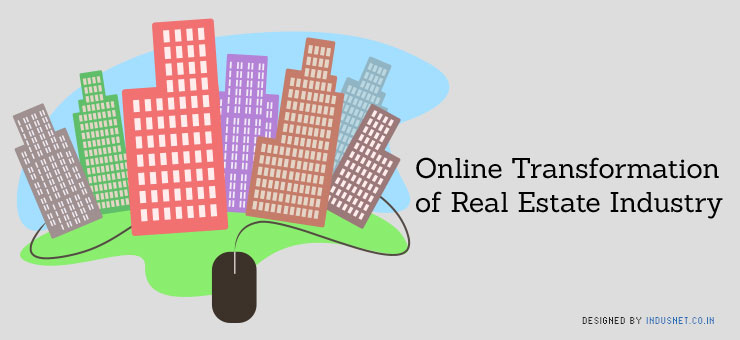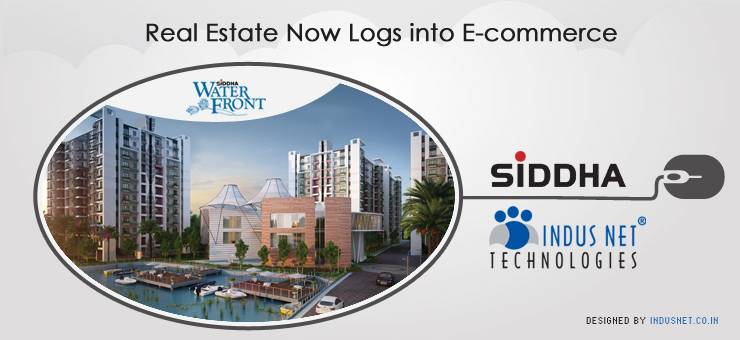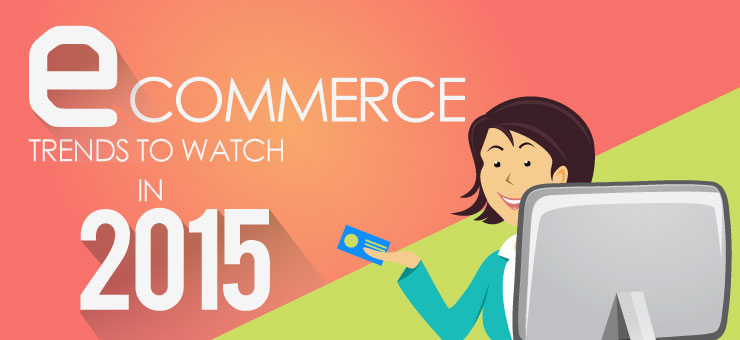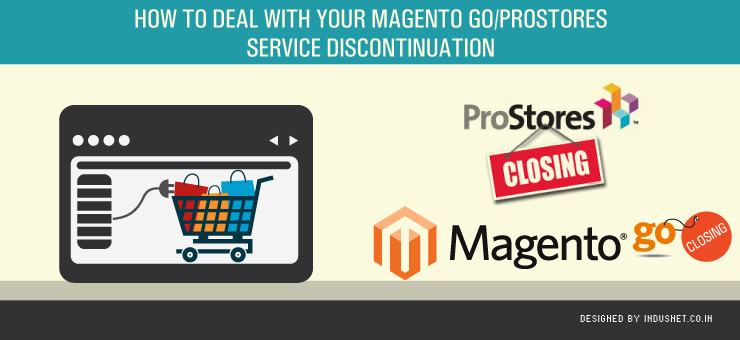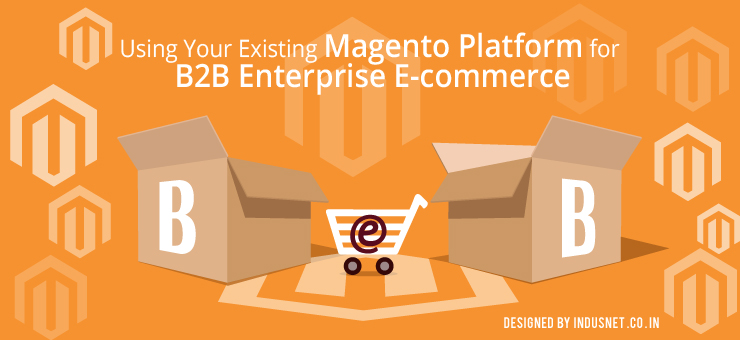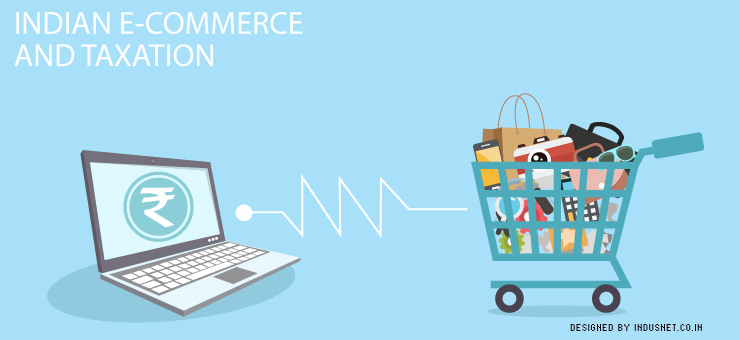
Indian E-commerce and Taxation
E-commerce sector is buzzing with deals and sales. But when it comes to taxation policy, the sector does not sizzle, especially on the Budget day. The only spark was the Government’s pledge to implement the much-delayed Goods and Service Tax (GST) by April, 2016 and the improvement associated with debit and credit card transactions. The Tax Structure Direct Tax or Income Tax is never a problem for eCommerce companies as there are settled laws applicable uniformly for this sector. However, the real challenge lies with the Indirect Taxes including VAT/CST and Service Tax. The Indirect Tax laws have not been able to identify the evolving business models and hence, have become a hindrance in the operation of market place or service model. The Union Budget for 2015-2016 announced a hike in service tax from 12.36% to 14%, which will greatly impact the online buyers. It will result in a higher rate while shopping online. When talking about the real challenges, the entire eCommerce segment is having difficulty categorizing their offerings as ‘Goods’ or ‘Services’ for charging the Value Added Tax (VAT)/Central Sales Tax (CST) or Service Tax. It becomes tricky to assess whether the transaction is carried for sales of goods including VAT/CST or a provision of service associating the service tax. Both VAT and service tax exercises right over all digital transactions, thereby, leading to continual dispute and litigation issues. The Tax Structure for Inter-State Business Transaction The requirement of way-bills, statutory forms and road-permits for inter-state movement of goods is another big hassle for the eCommerce companies. Certain states under the VAT/CST legislation impose local registration requirements for the entry of goods into the states, thereby, making inter-state transaction not so smooth for the eCommerce entrepreneurs. Tax Application on eCommerce Business Models E-commerce businesses categorically follow inventory based model or ‘market place model’ – Inventory Based Model In case of inventory-based model, the company engages in commerce directly. The VAT/CST is levied on the sales of goods and is collected by the state where the seller and the buyers are present and by the exporting state, in case of inter-state sales. In such a situation, where the seller is registered in one state, has warehouse at some other state and sells goods to a person in a third state, the VAT/CST will be charged and collected by the state where the warehouse is situated and from where the goods are being supplied. E-commerce companies are trying to set up their warehouses in those states where there are lower taxes on products. However, some states are losing on revenue because of lower taxes on products that are being supplied to other states. Market Place Model In case of market place model, eCommerce companies facilitate the provision of eCommerce transactions by acting as a platform, in return for a commission from the sellers of the goods and services. Service tax is levied on the commission earned. Similarly, the eCommerce companies who are not into trading of goods and rather provide online services have to pay the service tax on the fees received against the services provided by them. For instance, downloading of software, music and travel related services or matrimonial services come under the ambit of eCommerce subject to service tax. The service tax is charged and collected by the Central Government and the place of provision is not a concern as long as it is in India. However, export of services is exempt from the taxes. Hybrid or Facilitator Model Fulfilment model is a variant of market place model. Apart from acting as a facilitator, eCommerce companies also provide services as warehousing, delivery and packing. However, in this type of trades, the companies being a facilitator also have to pay service tax on its commission income and the seller has to pay VAT/CST on the sales of goods. But in a scenario, when the seller and warehouse are located in two different states, additional VAT is demanded by the state in which the warehouse of the eCommerce company is situated leading to either loss to the state where the warehouse is situated or double taxation on the part of the eCommerce company. E-commerce Entrepreneurs’ Expectation The online merchants are looking forward to tax incentives that will help them to promote investment in sectors like logistics and new technological invention. A boost in these spheres can bring in revolutionary effects, which will ultimately benefit both the business and the consumers. However, there should be a better clarity when it comes to tax guidelines for transactions like e-wallet, drop shipment or gift voucher. The entrepreneurs want more funding option in their online businesses. They expect 100 percent FDI for eCommerce to move ahead of competition. Foreign investors can make strategic investments in smaller online retailer and this ultimately will be a huge gain to the ecosystem. Currently, the Government of India is allowing 100 percent Foreign Direct Investments in single brand and up to 51 percent FDI in multiple-brands for all eCommerce companies. The least they expect is a well-planned eCommerce and online business policy to make it move to the ladder of success.
